Leah Barkai: A path driven by a love for the ocean and marine science
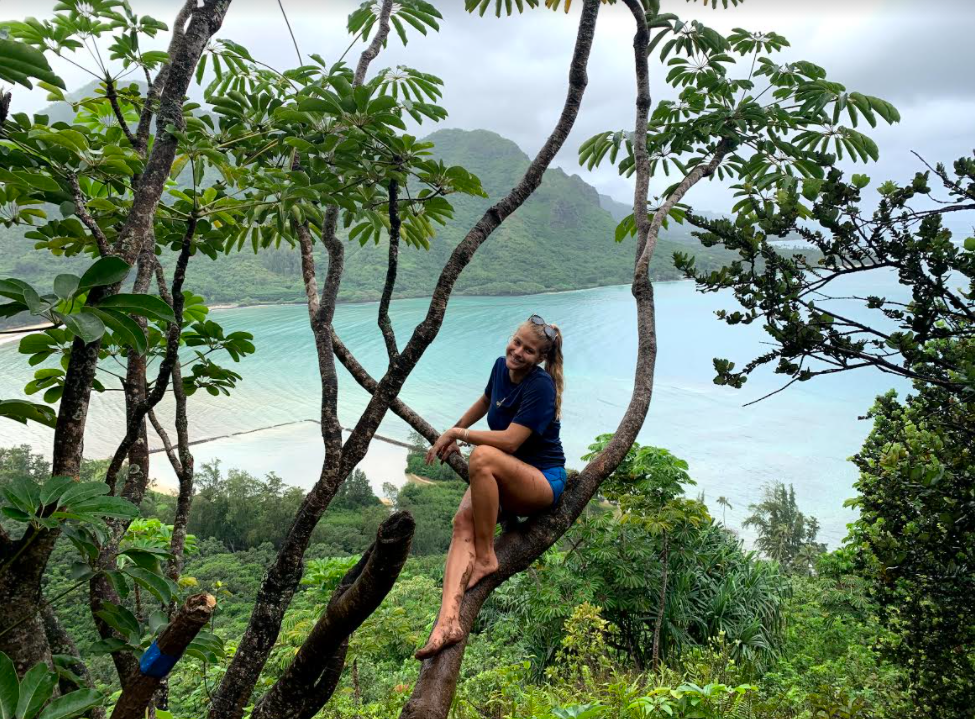
Leah Barkai is our intern for summer 2021, working at Mauna Loa Baseline Observatory. She was born and grew up in Honolulu on Oahu, Hawaii. She started college at the University of Portland, did a semester abroad on the Indian Ocean in Perth, Australia in her second semester of sophomore year. She eventually transferred to the University of San Diego where she graduated in May 2021 with a Bachelor of Arta in Environmental and Ocean Sciences.
Her internship focuses on Dobson World standard calibrations, which ensures consistency in atmospheric observations of measurements of the total column ozone (TCO). Her project was important for three reasons: 1) collecting continuous measurements of the ozone layer at Mauna Loa Observatory, 2) verification of historic, ongoing, and new satellite ozone records, and 3) applying the network calibration technique called Langley to verify the World Dobson Standard calibration.
Our conversation follows.
-
When did you become interested in environmental and ocean science?
Growing up in Hawaii nurtured my love for the outdoors, especially the ocean. I love surfing, swimming, hiking, and snorkeling during my free time. Highlights of my summers included seeing turtles while snorkeling, surfing, and going to the beach with my friends.
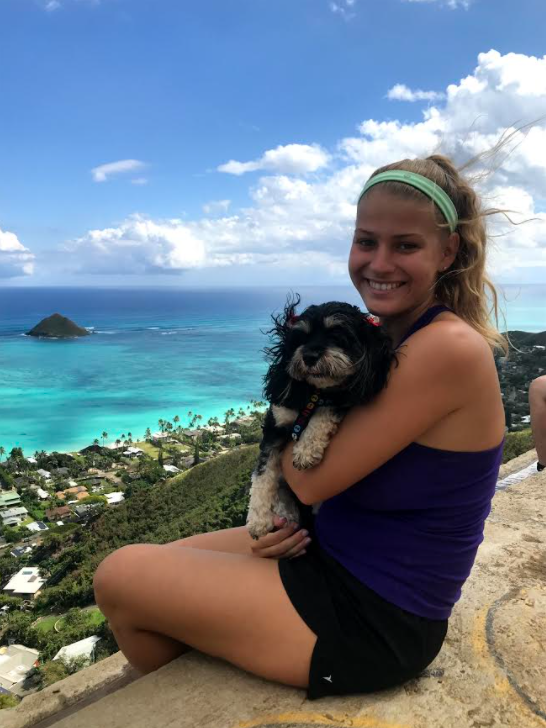
My absolute favorite activity is to swim with wild dolphins right after sunrise at a westside beach on Oahu. I really love the ocean; however, every year, I would see more negative environmental changes in the islands, such as more plastics on the beach and eroding shoreline features. I also learned more about worldwide environmental problems. These childhood experiences got me interested in environmental issues and put me on an environmental career path.
-
Throughout your college career, you have studied at multiple institutes and been to many places. What leads you to this journey?
My path was mainly driven by my interests in marine science, but with some interesting turns. I first went to the University of Portland where I deepened my interests in ecology and marine science, but it was quite difficult to do field research in Portland. I was about 100 miles and two hours from the ocean and the weather conditions were harsh in the winter.
During my Spring 2019 semester abroad in Western Australia (5 hours by air west of Sydney) at the University of Notre Dame Australia, I learned a lot more about marine sciences. My dorm was just two blocks from the beach. I traveled extensively in the region, and I loved all the outdoor activities. While there I made up my mind to transfer to the University of San Diego, which is in an exciting ocean region with a lot of marine science research.
Although I think I want a career in marine sciences, I’m trying to stay open in the environmental field and soak up as many opportunities as possible. Last summer through USD and Scripps I did a remote research project on cacti in a Sonora Mexico Desert Reserve, and this summer I am spending my days measuring ozone at the 11,000 foot level on a Hawaiian volcano.
-
What was your research experience like so far?
Although I have done a lot of small research projects in college, larger projects associated with the University of San Diego gave me opportunities for more in-depth research experiences. In the summer of 2020, I used ArcGIS Pro to look at Unmanned Aerial Vehicles (UAVs) images to estimate the density of two threatened species of cacti in the Pinacate Biosphere Reserve, in Sonora, Mexico. In the fall of 2020, I compared multiple parameters of marinas, creeks, and storm drains in Mission Bay when I studied Arcuatula senhousia’s distribution and did a spatial analysis and measured water temperature, salinity, turbidity, sediment, pH, and other indicators using Ekman Grab, Castaway CTD, Pro DSS, and other instruments. I also applied loss of drying (LOD), loss of ignition (LOI), and laser particle sorter (LPS) lab methods as well during that project.
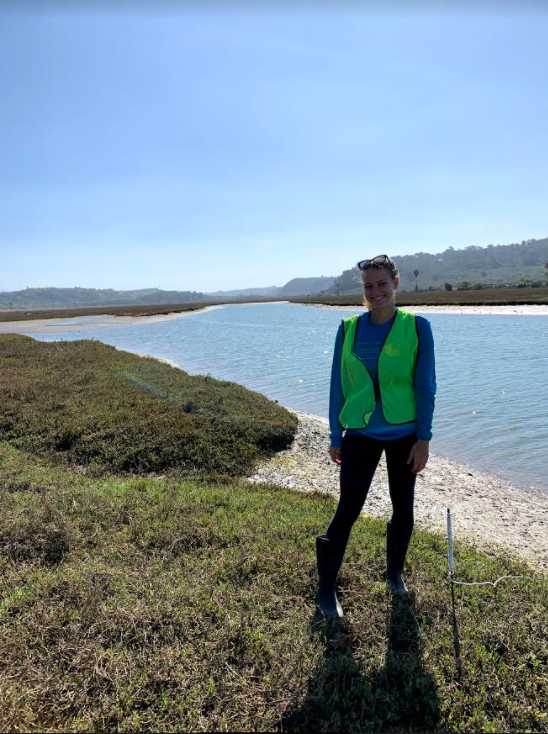
In San Diego, a group of students, faculty, and I were aboard the R/V Robert Gordon Sproul (Geoscience Research Ship) with Scripps Institute of Oceanography, performed plankton tows, measured conductivity, temperature, and depth with CTDs, retrieved ocean sediment, and water samples with a multi-corer, and collected sediment data with a Van Veen Grab Sampler and many other scientific instruments. At sea for 10 hours, we studied sediments and took samples that were processed on the Sproul and also later analyzed in a lab.
As an Escondido Creek Conservancy intern in San Diego, I studied the invasive species (Goldspotted Oak Borer) infestation level in native oak trees in the watershed. After being trained on signs of infestation, I gave health ratings to individual trees and input the data into the ArcGIS Collector app.
Although honored to be a Lapenta intern, as an ocean and marine person, I was a little apprehensive about spending my summer days high up on a volcano measuring ozone levels. However, working with NOAA has been an eye-opening experience - especially up on Mauna Loa where I can see for miles and miles in every direction. I played a lot of team sports growing up, and I have really enjoyed being a small part of this great NOAA team because it can make such a big contribution to environmental issues. As part of NOAA’s worldwide ozone team, I see the importance of data collection and its potential impact on driving scientific and policy discussions on environmental issues. If we are going to make environmental changes, we need data, not just opinions. I feel that my small contribution can be collectively magnified by NOAA efforts and eventually “win” our world’s most important environmental game in the battle against climate change. Go NOAA!

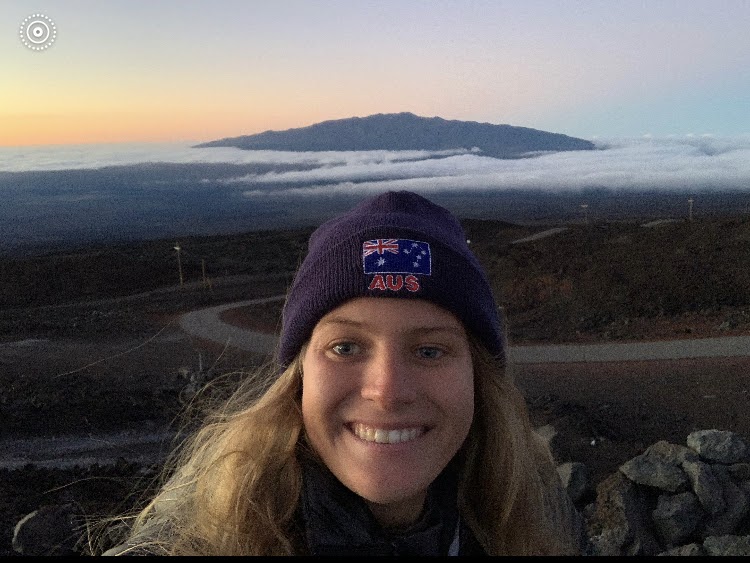
-
You have lots of prior experience working with children. How do these experiences impact you and your career goal?
I love interacting with kids, and I connect well with them. I started babysitting at a young age and have worked in summer camps and tutoring programs. In addition to doing research, a career in marine science education is also a strong interest of mine. The next generation is our best hope to protect our environment, and I want to be part of environmental education either as a volunteer or on the front line.
-
How did you hear about the William M. Lapenta Student Internship Program?
I applied for many research opportunities over the past two summers after consulting with my professors and searching the web. My summer 2020 Rutgers University Internship in Ocean Science was canceled because of Covid, and so I concentrated my 2021 search on positions that were likely to go forward despite Covid concerns. The Lapenta internship was the best fit for me and was very likely to go forward and be safe because it was being done at the 11,000 foot level in a cold, isolated location with a small group of people. It was also a great opportunity to gain experience working in NOAA, one of the most respected government environmental organizations. I am so very happy I accepted the Lapenta Internship!
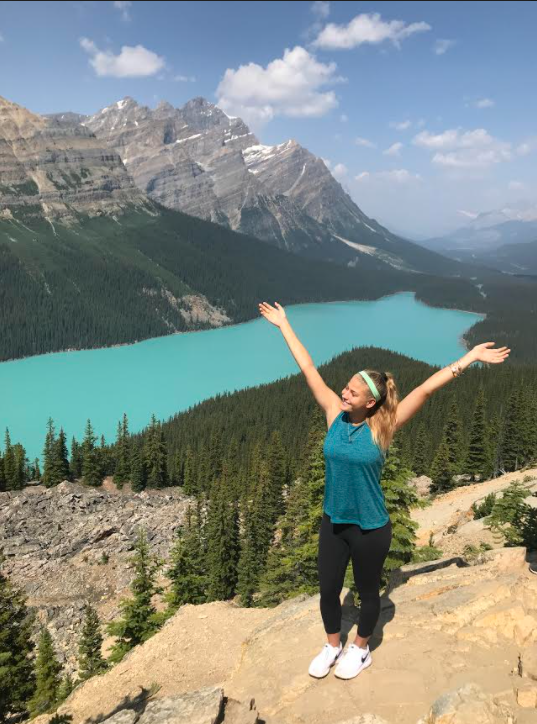
-
Where do you see yourself after this internship?
Soon after my Lapenta internship ends, I will start an internship working with sea turtles on Oahu. I am delaying graduate school for at least a year as I strive to get a more well-rounded experience base in both environmental and marine science because I was not able to do much fieldwork during these Covid times. Lapenta and NOAA have shown me some of the opportunities and benefits of doing environmental work for the government. I am looking for the next stepping stone on my path along working for our planet as I also enjoy my journey.
